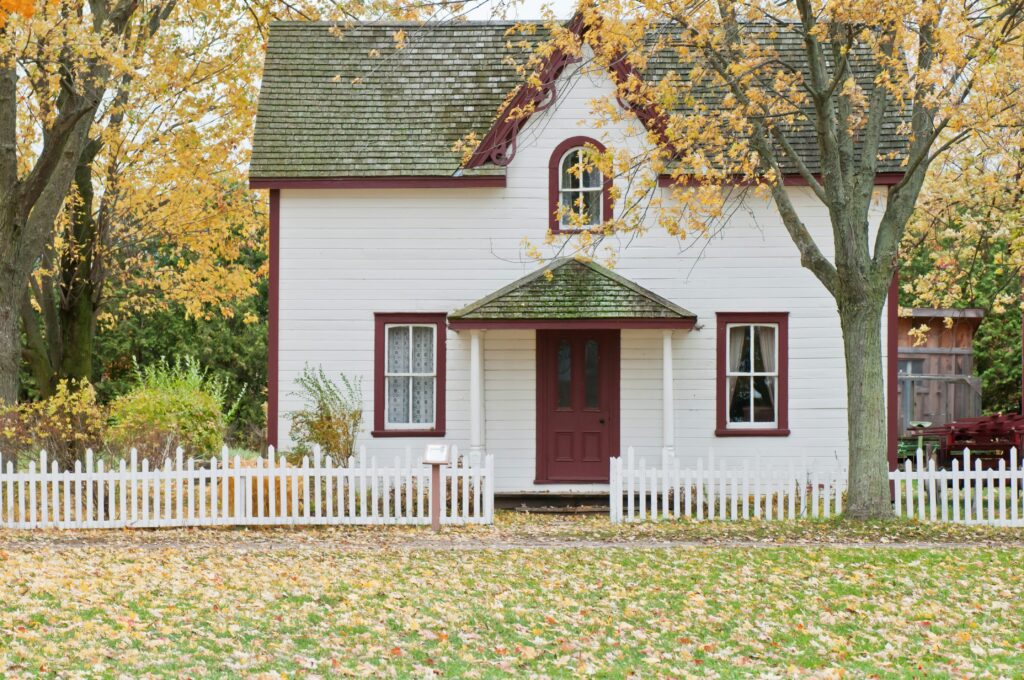Living in New Jersey, you might wonder: Is my home at risk of flooding? Flood zones are areas prone to flooding based on data from FEMA (Federal Emergency Management Agency).
Knowing your risk can save you thousands of dollars and provide peace of mind.
Let’s explore how to determine if your home is in a flood zone and what to do.
What Is a Flood Zone?
A flood zone is a geographical area defined by the likelihood of flooding. FEMA categorizes zones into:
- High-Risk Areas (Alpha or Victor Zones): Homes here have a 1% annual chance of flooding (also known as the 100-year floodplain). These zones face the highest risk and require immediate attention and preparation.
- Moderate to Low-Risk Areas (Bravo, Charlie, or X-Ray Zones): While these areas indicate less risk, flooding can still occur due to heavy rains or poor drainage.
- Undetermined Areas (Delta Zones): These zones lack sufficient data to assess the flood risk accurately, leaving uncertainty about potential hazards.
How to Check If Your Home Is in a Flood Zone
- Use FEMA’s Flood Map
Visit the FEMA Flood Map Service Center. Enter your address to see your home’s flood risk. Areas marked in blue indicate high-risk zones. - Check Local Resources
Some New Jersey counties provide detailed flood maps or assessments specific to your community. - Contact Your Insurance Provider
They can provide insights based on flood insurance requirements for your property.

Signs You May Be in a Flood Zone
Even without checking a map, here are clues your home could be in a flood zone:
- Nearby Bodies of Water: Rivers, lakes, or the coast increase flood risks.
- Previous Flooding: If your neighborhood floods often during storms, you’re likely in a high-risk zone.
- Frequent Water Issues: Standing water or drainage problems after rain are warning signs.
Why Flood Zones Matter
Knowing your flood zone isn’t just about safety it also impacts your finances.
- Insurance Requirements: Lenders require flood insurance for homes in high-risk zones.
- Home Value: Properties in flood zones might have lower resale value.
- Safety Precautions: It helps you prepare for emergencies like hurricanes or heavy rains.
What to Do If You’re in a Flood Zone
- Buy Flood Insurance
Homeowner’s insurance doesn’t cover flood damage. Flood insurance is a must in high-risk zones. The National Flood Insurance Program (NFIP) offers affordable plans. - Flood-Proof Your Home
- Elevate utilities like water heaters and electrical panels.
- Install sump pumps in basements.
- Use flood barriers or sandbags during storms.
- Create a Flood Plan
- Know evacuation routes.
- Keep important documents in waterproof containers.
- Stay updated with weather alerts.
- Mitigate Risks
- Ensure proper drainage around your home.
- Regularly clean gutters to prevent water buildup.
How Flood Zones Affect New Jersey
New Jersey is particularly vulnerable due to:
- Coastal Exposure: Towns like Atlantic City and Cape May face constant risks.
- Urbanization: Paved areas in cities like Newark and Jersey City increase runoff.
- Climate Change: Rising sea levels and frequent storms intensify flooding.
Real Stories: NJ Residents and Flood Zones
- Emma in Hoboken: “I didn’t know my home was in a flood zone until Hurricane Ida. Now I have flood insurance and feel more secure.”
- Tom in Toms River: “We installed a sump pump after learning we’re in Zone AE. It saved us from damage last year.”
Contact us now, we are the Best Home Restoration Company in New Jersey.
Final Thoughts
Don’t wait for a disaster to find out if your NJ home is in a flood zone. Use the tools, take precautions, and protect your home and family. Flood risks may be unavoidable, but with preparation, you can minimize the impact.
Take action today, your peace of mind is worth it!
